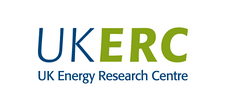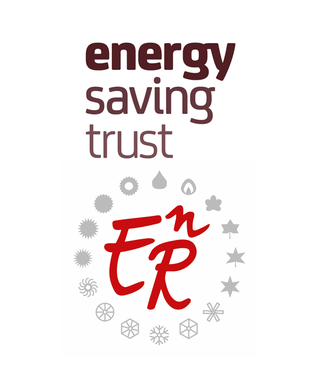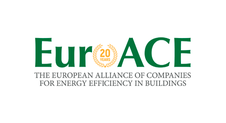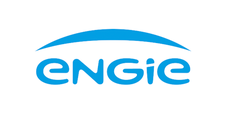Search eceee proceedings
Meta results in NEB/NEIs – progress in NEB values, attribution to measures, and state adoption into cost-effectiveness tests
Panel: 2. What's next in energy policy?
This is a peer-reviewed paper.
Authors:
Lisa A. Skumatz, Sera Skumatz Economic Research Associates Inc., USA
Michael Santulli, Skumatz Economic Research Associates, Inc, USA
Dana D'Souza, Skumatz Economic Research Associates (SERA), USA
Abstract
Domino-style, more and more states are incorporating NEBs into benefit-cost tests in various subsets and formats. NEBs can reduce bias in the cost-effectiveness tests, improving program and portfolio investment decisions. The paper summarizes the specific approaches states are taking in incorporating NEBs in tests including:
• Adders (and what they do/don’t include)
• “Easy to measure” NEBs
• All NEBs
• A hybrid adder/estimation approach.
We examine collaborative procedures in states, and states that are incorporating NEBs through changes to the TRM – a process that is involving identifying and/or developing measure-based NEBs.The paper identifies those NEBs that are appropriate for inclusion, and the common ranges for values. We provide case studies and the similarities and differences, and ranges and patterns of values being applied in different states.
We update states that have taken basic adder approaches vs. more aggressive approaches in NEBs. We identify values of measure-independent NEBs and measure-based NEBs – and particularly identify the priority gaps that are being identified – in values and measure-specific NEBs – as part of the deliberations. The paper discusses treatments and values in B/C work in different states, implications related to bias, risk, and cost, and address directions and recommendations for the future.
Downloads
Download this paper as pdf: 2-406-19_Skumatz.pdf
Download this presentation as pdf: 2-406-19_Skumatz_Presentation.pdf
Panels of
1. The dynamics of limiting (energy) consumption
2. What's next in energy policy?
4. Monitoring and evaluation for greater impact
5. Smart and sustainable communities
7. Make buildings policies great again
8. Buildings: technologies and systems beyond energy efficiency
9. Improving energy efficiency in ICT, appliances and products

























